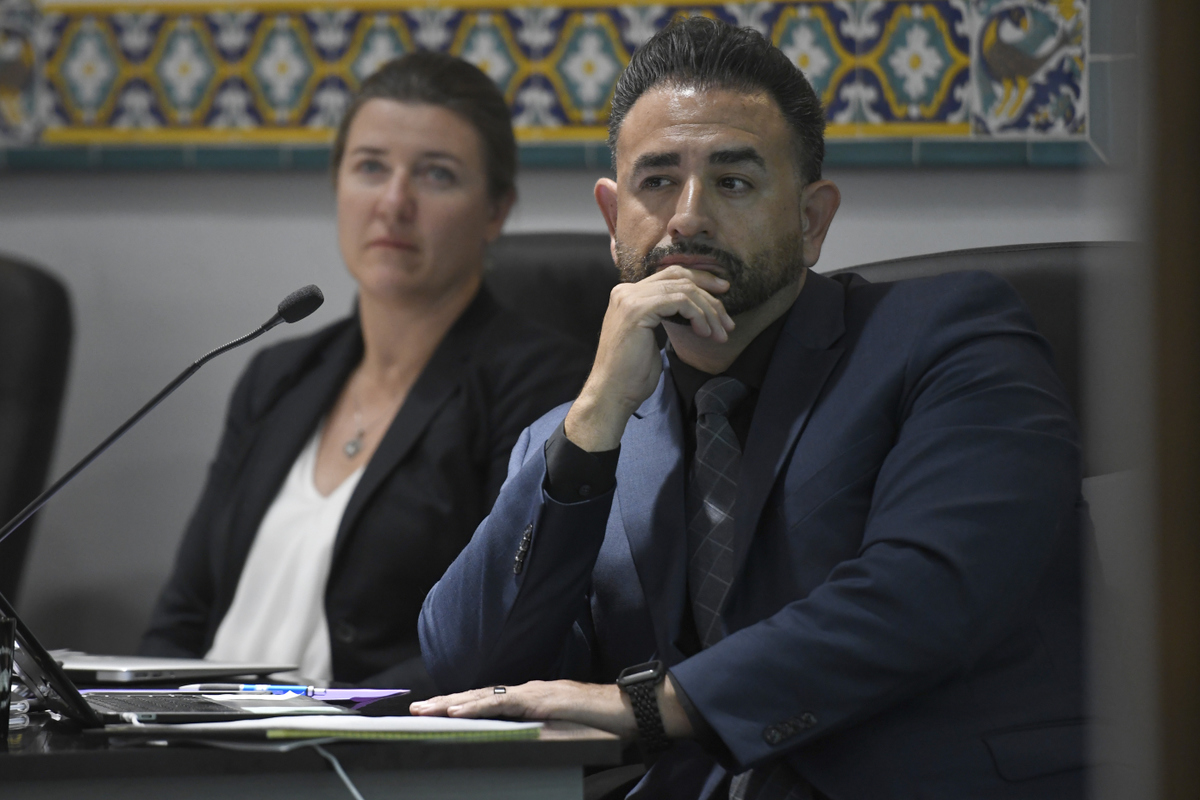Santa Barbara School District Assesses Remote Learning
Administrators Report on the Successes and Struggles

On Tuesday, the school board had its first online-only meeting during which administrators reported on how the remote-learning programs were working for the 15,000 students sent home when all schools closed three weeks ago. “We have spent the past three weeks reorganizing ourselves for remote learning,” said Raul Ramirez, assistant superintendent of elementary education. The report shone light on both unexpected victories and challenges.
Elementary students, particularly those in preschool through 2nd grade, are one of the more difficult groups to teach remotely because they have less experience using technology for learning and, unlike older students, have not all received iPads through the district’s techEQUITY program.
Ramirez said that, though these younger students have been given print material, there is still a lot of work to be done. Shawn Carey, assistant superintendent of secondary education, emphasized that young students just learning to read can be hurt by not having face-to-face instruction from their teachers.
For middle and high schools students, one of the biggest challenges for administrators was deciding how to grade their work. This is particularly important for high school juniors and seniors applying to college.
“The post-secondary institutions who have been acting as a consortium are providing guidance as well [as the state],” Carey said. “We know that the University of California and the state university schools are accepting of pass/fail or credit/no credit grades.” How that will affect K-12 schools is still unclear, especially for the upper-level students, but Carey believes that credit/no credit will be part of the grading system in the future.
The district is keeping attendance records for every student during Zoom sessions, a popular remote video conferencing platform. If students don’t attend Zoom sessions, the teacher contacts the parents to work out a solution and ensure the student can be online. However some students do not have access to the internet. The district is working to make sure that is solved as well.
“We have already put 300 families in touch with Cox,” said Todd Ryckman, the chief educational technology officer. The district has a partnership, he explained, that allows the families to get free Wi-Fi from Cox for two months. “We also have 500 Wi-Fi hotspots on order that will be here by the end of next week.”
Ryckman said every Wednesday and Friday, the district holds a no-contact swap of defective devices for new ones, and any family that can’t get there will have a new device delivered to them in some way. He reported that on the first day of school, there were 633 Zoom meetings, 15,460 participants, and 326,685 meeting minutes.
In special education, the state law has been relaxed enough to allow teachers and service providers to do the best they are possibly able to working with remote conditions.
“Special education is as unique and individual as the students who have [individualized education plans (IEP)],” said Dr. Frann Wageneck, assistant superintendent of student services. “The state, thankfully, was very clear from the get-go that what we really needed to do is honor the spirit of the IEP and serve the student as best we could, given the distance.”
Wageneck mostly focused her report on special education staff. Teachers, case managers, and service providers — including psychologists, behaviorists, and speech, language, and visual impairment specialists — spent the week of March 30 calling every family that they work with and set up that student’s schedule.The report also featured updates on the pandemic’s impact on internal district operations such as food services, the overall budget, and human resource. See the full report at tinyurl.com/SBUSDApr7.


